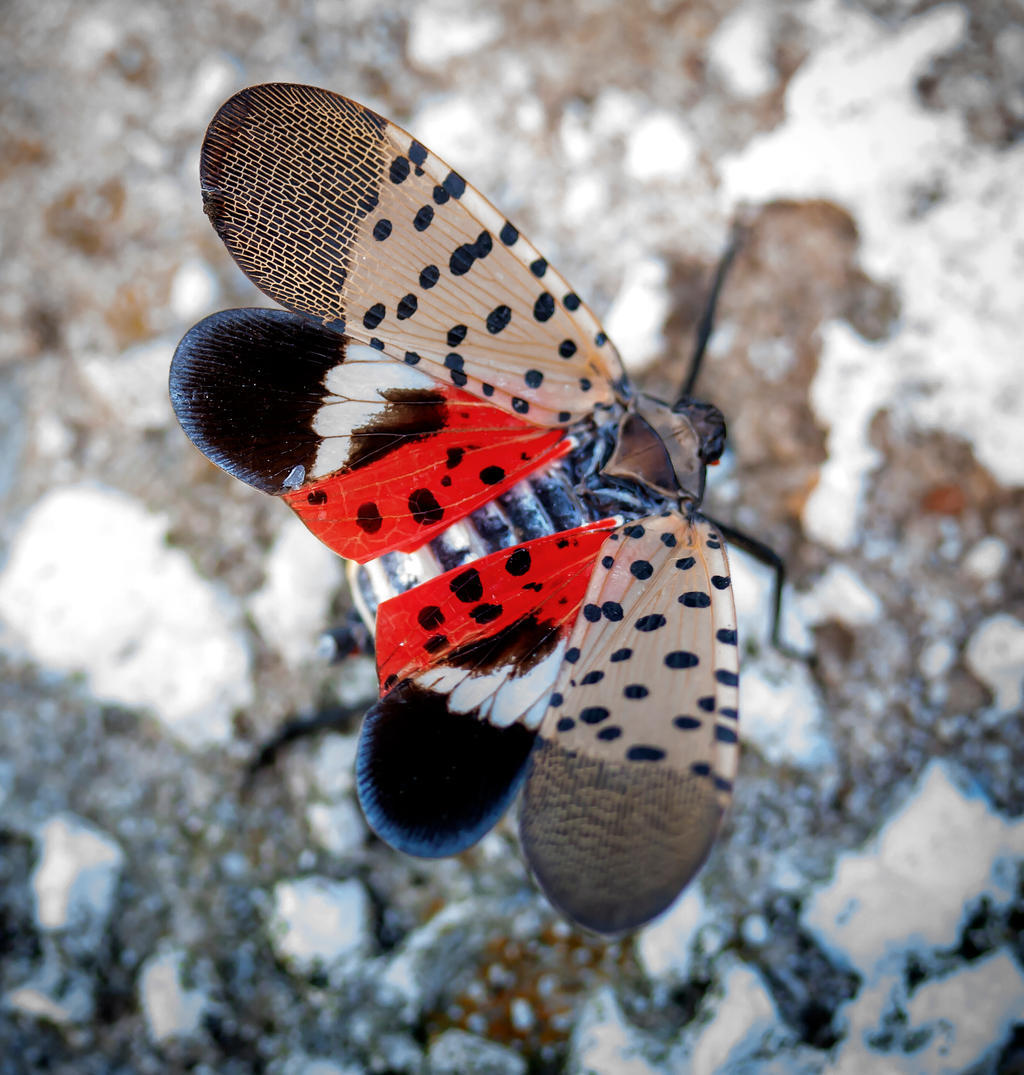|
Ooencyrtus Kuvanae
''Ooencyrtus kuvanae'' is a species of chalcid wasp. It was introduced to North America in 1908 to control ''Lymantria'' moths. In North America, it has become an active parasitoid of the invasive spotted lanternfly The spotted lanternfly (''Lycorma delicatula'') is a planthopper indigenous to parts of China. It has spread invasively to Japan, South Korea, and the United States. Its preferred host is tree of heaven (''Ailanthus altissima''), but it infest .... References Encyrtidae Insects described in 1910 {{Improve categories, date=February 2022 ... [...More Info...] [...Related Items...] OR: [Wikipedia] [Google] [Baidu] |
Chalcid Wasp
Chalcid wasps (, , for their metallic colour) are insects within the superfamily Chalcidoidea, part of the order Hymenoptera. The superfamily contains some 22,500 known species, and an estimated total diversity of more than 500,000 species, meaning the vast majority have yet to be discovered and described. The name "chalcid" is often confused with the name "chalcidid", though the latter refers strictly to one constituent family, the Chalcididae, rather than the superfamily as a whole; accordingly, most recent publications (e.g.,) use the name "chalcidoid" when referring to members of the superfamily. Most chalcid wasps are parasitoids of other insects, though other life styles are known, with the herbivorous fig wasps acting as pollinators. Various species are used as biological pest control agents or in scientific research. Description Chalcidoids are generally small wasps, averaging 1.5 mm in length and usually being less than 3 mm. The body is often metallic in colour. Th ... [...More Info...] [...Related Items...] OR: [Wikipedia] [Google] [Baidu] |
Lymantria
''Lymantria'' is a genus of tussock moths in the family Erebidae. They are widely distributed throughout Europe, Japan, India, Sri Lanka, Myanmar, Java, and Celebes. The genus was erected by Jacob Hübner in 1819. Description In the male, the palpi are porrect (extending forward) and hairy. Antennae with long branches. Forewings with veins 3, 4 and 5 from close to angle of cell. Vein 6 from below upper angle. Veins 7 to 10 are stalked, where vein 7 being given off further from the cell than vein 10. Hindwings with veins 3, 4 and 5 from close to angle of cell. Vein 6 and 7 from upper angle. In female, antennae serrate (tooth like on one side). Wings either fully developed or partially reduced or completely reduced to scales. Species The following species are included in the genus. *''Lymantria aboleta'' Staudinger, 1896 *''Lymantria akemii'' Schintlmeister, 189? *''Lymantria albescens'' Matsumura, 1927 *''Lymantria albimacula'' Wallengren, 1863 *'' Lymantria albolunulata'' Moore, ... [...More Info...] [...Related Items...] OR: [Wikipedia] [Google] [Baidu] |
Spotted Lanternfly
The spotted lanternfly (''Lycorma delicatula'') is a planthopper indigenous to parts of China. It has spread invasively to Japan, South Korea, and the United States. Its preferred host is tree of heaven (''Ailanthus altissima''), but it infests economically significant plants including soybean, grapes, stone fruits, and ''Malus'' spp. In its native habitat, ''L. delicatula'' populations are kept in check by parasitic wasps. The spotted lanternfly's life cycle is often centered on its preferred host ''Ailanthus altissima'' but ''L. delicatula'' can associate with more than 173 plants. Early life stages (instars) of the spotted lanternfly are characterized by spotted black and white nymphs that develop a red pigmentation and wings as they mature. Early life instars display a large host range that narrows with maturation. Adult spotted lanternflies display a black head, grey wings, and red hind wings. Adults do not display any specialized feeding associations with herba ... [...More Info...] [...Related Items...] OR: [Wikipedia] [Google] [Baidu] |
Encyrtidae
Encyrtidae is a large family of parasitic wasps, with some 3710 described species in about 455 genera. The larvae of the majority are primary parasitoids on Hemiptera, though other hosts are attacked, and details of the life history can be variable (e.g., some attack eggs, some attack larvae, others are hyperparasites, and some Encyrtidae develop as parasitoids of ticks). They are found throughout the world in virtually all habitats, and are extremely important as biological control agents. They may also present as an ecological threat to the population of some species. For example, the endangered ''Papilio homerus'' butterfly is parasitized at a rate of 77%, making them the main contributor to egg mortality in this (and other) butterfly species. Some species exhibit a remarkable developmental phenomenon called "polyembryony", in which a single egg multiplies clonally in the host and produces large numbers of identical adult wasps. Even more remarkably, some of the larvae are larg ... [...More Info...] [...Related Items...] OR: [Wikipedia] [Google] [Baidu] |
